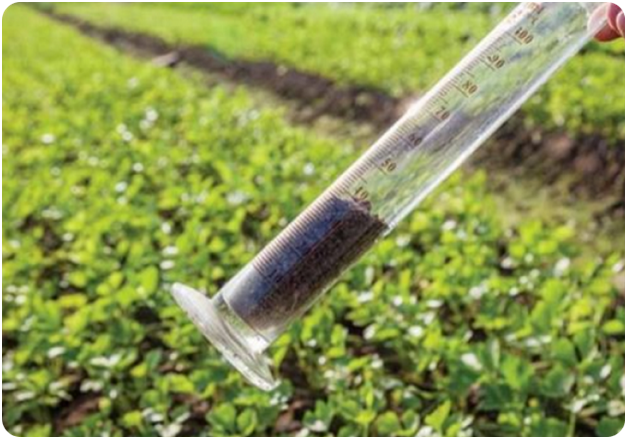When an oil tank is removed from a property, the task doesn’t end there. Ensuring that the soil beneath remains healthy and uncontaminated is equally vital. Soil analysis, often overlooked, plays a pivotal role in determining the environmental impact of oil tank removal. A soil testing service is not just an additional step; it’s a necessary safeguard for multiple reasons.
Environmental Preservation: Soil analysis after oil tank removal is a fundamental step toward environmental preservation. Oil spills or leaks from tanks can seep into the ground, leaving behind hazardous chemicals. Without proper testing, these contaminants can linger for years, posing risks to both the environment and human health. A soil testing service helps identify any lingering pollutants, enabling timely remediation measures.
Legal Compliance: Meeting regulatory standards is imperative when dealing with oil tank removal. Soil analysis is often a mandatory requirement by local or state authorities to ensure compliance with environmental regulations. Failure to conduct proper soil testing can lead to legal liabilities, fines, and even delayed property transactions. A comprehensive analysis ensures adherence to these legal standards, mitigating potential issues in the future.
Property Value Preservation: The condition of the soil significantly impacts the value of a property. Any residue of oil or contaminants left unchecked can affect the land’s fertility and overall usability. Soil analysis post-oil tank removal helps in preserving and, in some cases, restoring the quality of the soil. This not only safeguards the value of the property but also ensures its suitability for various uses like gardening, landscaping, or construction.
Health and Safety: Contaminated soil can pose serious health risks to individuals exposed to it. Chemicals from oil spills can infiltrate groundwater, affecting its quality and potentially endangering nearby communities. Soil analysis is crucial in identifying such risks, allowing for appropriate remediation to safeguard public health and safety. It provides peace of mind, assuring that the land is safe for current and future inhabitants.
Preventive Measures for Future Concerns: Soil analysis acts as a preventive measure against future concerns. Identifying any residual contamination early on allows for prompt action, preventing further spread or deeper infiltration of pollutants. Addressing these issues proactively can save significant costs and efforts that might arise if contamination spreads unchecked over time.
Engaging a professional soil testing service post-oil tank removal is an investment that pays dividends in various aspects. It not only safeguards the environment and health but also ensures compliance with regulations while preserving property value. Ultimately, it grants the assurance that the land is clean, safe, and ready for its intended use.
In conclusion, soil analysis after oil tank removal is not merely an optional step but a necessity for various reasons, ranging from environmental protection to safeguarding human health and property value. Prioritizing soil testing post-removal is a responsible and proactive approach toward ensuring a clean and secure environment for all.

